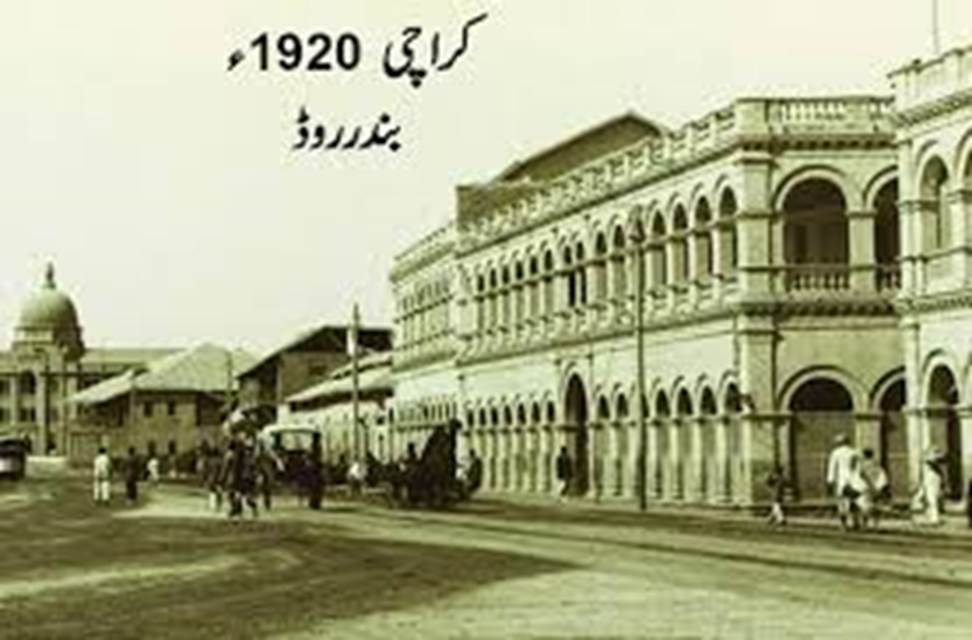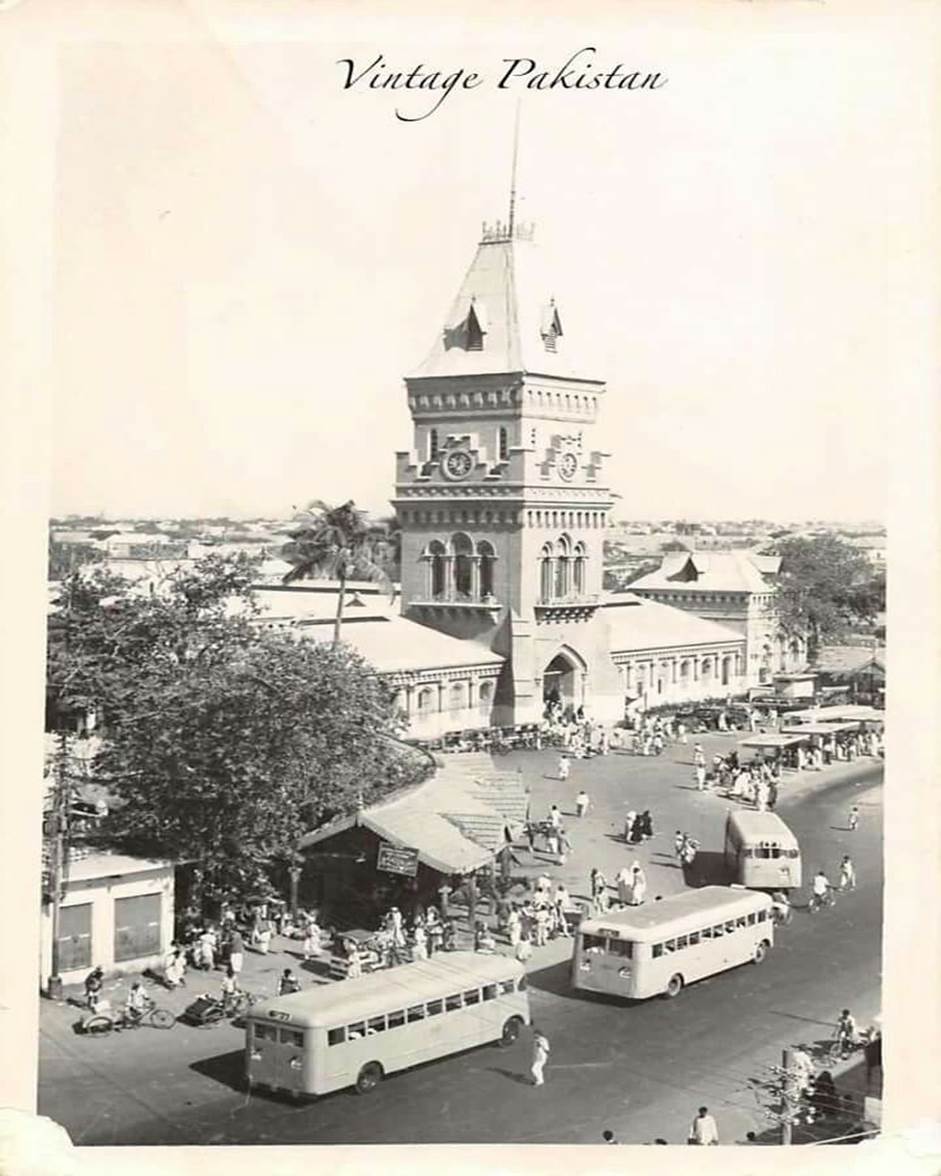
In a live performance that famous ghazal artist Tina Sani gave in Kathmandu, she prefaced her performance of one of Faiz Ahmed Faiz’s poems with a wistful remembrance of Karachi as it was in the 1960s
Cities Left behind
By Rafia Zakaria

Every year, thousands of tourists visit the ruins of the Italian city of Pompeii. This city, which sits at the foot of Mount Vesuvius, was destroyed by a volcanic eruption in 79 AD. The vegetation that covered the mountain had hidden some of the signs of the oncoming eruption but eventually the rivers of molten lava began to flow into the city. Even then, many of the city’s inhabitants did not leave. Most of those people would perish as the volcano erupted and the ash and fiery lava covered everything.
One reason that the ruins of Pompeii still attract so many people so many centuries later is because many of the people whose corpses were found in Pompeii were ‘frozen’ in the positions in which they died. There are crouching and cowering women and children, people trying to get away, people with their belongings. This provides a picture of the crisis unlike that provided by any other city — it shows why this one city was destroyed and abandoned. People who visit the ruins can clearly envisage the last moments of the living city. After those moments, the city as it once was died, never to live in that form again.
In fact, many cities die. But in several cases, there are no definitive answers as to why they were abandoned or left behind. One such city is located in the American Midwest, just east of the contemporary city of St Louis in the state of Missouri. Driving on Interstate-70, all that can be seen of the city is a series of mounds. These mounds were created by the inhabitants of the ancient city of Cahokia which was established around 700 AD and had grown in prominence by around 1050 AD. While it would be impossible to tell now, at its height the city was said to have rivalled London or Paris.
Unlike Pompeii, it is not exactly known what happened to Cahokia. It is said that when the city was at its peak the mound-like structures that still remain, housed markets, temples and space for all sorts of rituals. It was home to nearly 20,000 people, making it one of the most populous of its time. The culture was rich and there is evidence of beautifully sculpted vessels and statues made of clay. Farmers were responsible for maize cultivation. And yet 200 years after the city was at its peak, it declined and was eventually abandoned.
One of the many theories as to why Cahokia was abandoned was that the people who lived there cut down too many trees from the adjoining farmlands. It was theorized that, as a result of the deforestation, there was nothing to prevent the area from repeated flooding and consequent devastation. However, recent research published in National Geographic revealed that the soil around the mounds was not disturbed all the way until the 1800s. This meant that there was no significant deforestation by the Native American population. It turns out that the Western researchers who had been analysing the mounds had just imposed their own understanding of the human relationship with nature on the question of why Cahokia was abandoned. It is far more likely that the city declined gradually because of conflicts among the elites and some natural phenomena, and so on.
It is only natural to reflect on these cities of long ago at a time when the whole world is witnessing the deliberate devastation in Gaza City and other parts of the Gaza Strip by Israeli bombing. No one knows whether Gaza City will live again. The mass trauma of the hundreds of thousands of Palestinians who have suddenly been displaced or have become homeless while the world looked on is simply unimaginable. However, our generation of witnesses will know why and how this particular city was razed to the ground.
These are stories of cities that were literally devastated. But, there does not have to be an actual destruction or even ruination of a city for it be lost forever. In a live performance that famous ghazal artist Tina Sani gave in Kathmandu, she prefaced her performance of one of Faiz Ahmed Faiz’s poems with a wistful remembrance of Karachi as it was in the 1960s. The city has changed so much she noted, too many of the people who made it what it was have gone. The poem is Kuch Pehlay Inn Ankhon Aagay (before my eyes a little while ago)
Tina Sani’s words and Faiz’s poem remind one of the fact that cities can be lost when the people that make them leave, or even when one leaves oneself. It is often said that one does not step into the same river twice — this could also be said about cities. Once a city is left behind, the passage of time ensures that one does not step into that city again.

Immigrants recount this phenomenon again and again when they return to the cities they once lived in after a long period of time. In their minds, the frozen city that they left behind, one they reference repeatedly in their mind’s eye, is more alive than the actual version of that city as it actually exists. Many of them find that returning to these cities after a long time is a disconcerting and even an unpleasant experience. The city they once knew is gone, or at best bears only a passing resemblance to the one they had left behind. Comparing its present is a difficult reminder of the truth that the city that they loved is a thing of the past and will never live again or at least not once it no longer lives in their heart.
(The writer is an attorney teaching constitutional law and political philosophy. Dawn)

